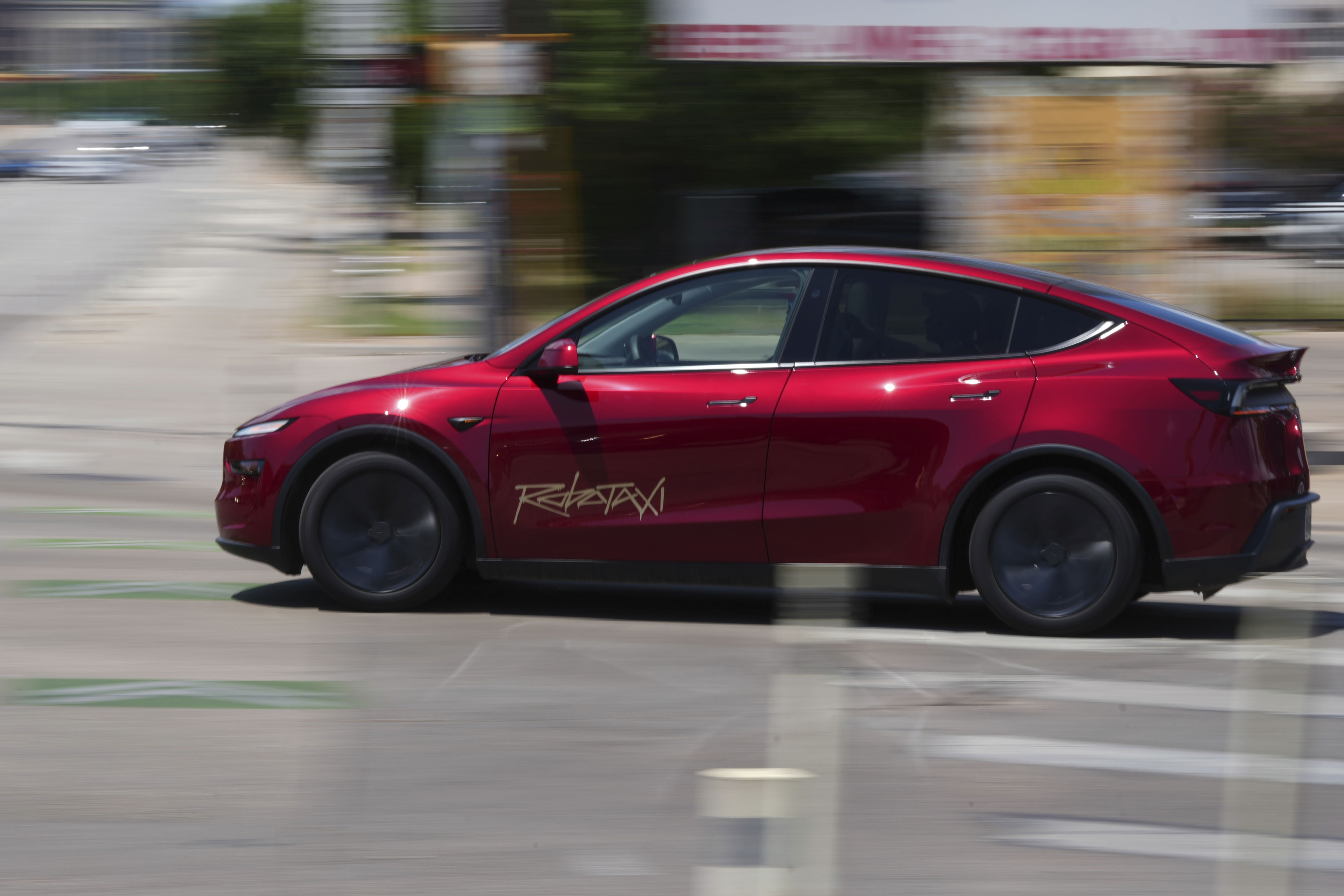Tesla Falls Short on Q2 Earnings but Announces Affordable 2025 Model

Tesla's Q2 Performance and Future Plans
Tesla, the leading electric vehicle (EV) manufacturer, reported slightly lower earnings and revenue for the second quarter of 2024. Despite this, the company remains committed to launching a more affordable model in the second half of 2025.
In its latest financial report, Tesla generated $22.5 billion in revenue, falling short of the $22.64 billion expected by analysts. This marks a 12% decline compared to the $25.05 billion reported in the same period last year. The adjusted earnings per share (EPS) came in at $0.40, slightly below the $0.42 expected. Operating income also fell to $923 million, down from the projected $1.23 billion.
One significant factor contributing to the drop in revenue was the decrease in sales of regulatory credits. Tesla’s revenue from these credits dropped to $439 million from $890 million in the previous year. This decline is expected to continue following the passage of the "One Big Beautiful Bill" (OBBB), which may impact the company’s future earnings.
Despite the challenges, Tesla announced that it has begun initial production of a more affordable model in June, with volume production planned for the second half of 2025. The company also confirmed that its purpose-built robotaxi is still on track for volume production starting in 2026.
The stock market reacted negatively to the news, with Tesla shares slipping over 6% in premarket trading. The decline followed a period of selling during the company’s earnings call. CFO Vaibhav Taneja explained that the OBBB would lead to a "pull forward" in sales as consumers rush to take advantage of the $7,500 tax credit before it expires at the end of Q3.
Taneja also noted that Tesla may not be able to guarantee deliveries for orders placed in late August and beyond due to limited supply. However, the company plans to ramp up production of the new affordable model once the tax credit expires. Elon Musk acknowledged that the expiration could result in "a few rough quarters" for the company.
Expanding Robotaxi Testing and Market Challenges
Tesla has been expanding its robotaxi testing in Austin, Texas, with a larger operational area and more vehicles being deployed. Musk mentioned that the company plans to expand testing to the San Francisco Bay Area, although reports suggest that applications for state permits have not yet been submitted. Additionally, Bloomberg reported that Tesla is in discussions with Nevada officials to test its robotaxi service.
The company’s Q2 earnings come amid a broader economic backdrop where the S&P 500 and Nasdaq are reaching new highs, despite concerns over potential trade conflicts and global economic slowdowns. However, Tesla faces several challenges, including increased competition, shifting consumer preferences toward hybrid vehicles, and reputational issues linked to Musk’s political activities.
Europe remains a key region of concern for Tesla, as the company continues to face weak demand in the area. Recent registration data also shows a decline in US sales. In Q2, Tesla delivered only 384,122 vehicles globally, a 13.5% drop compared to the same period last year. The transition to the refreshed Model Y may have contributed to this decline, but the availability of the new model in key markets remains a critical issue.
Strategic Investments and Future Outlook
In its Q2 shareholder deck, Tesla highlighted the challenges posed by shifting global trade and fiscal policies. The company emphasized that while it is making prudent investments to support growth in both its vehicle and energy businesses, the actual results will depend on various factors, including macroeconomic conditions, the pace of autonomy development, and production efficiency at its factories.
As Tesla navigates these challenges, the focus remains on its long-term vision for affordability and innovation. The upcoming affordable model and robotaxi initiatives represent key steps in the company’s strategy to maintain its leadership in the EV industry. However, the path ahead will require careful management of supply chain disruptions, regulatory changes, and evolving consumer demands.